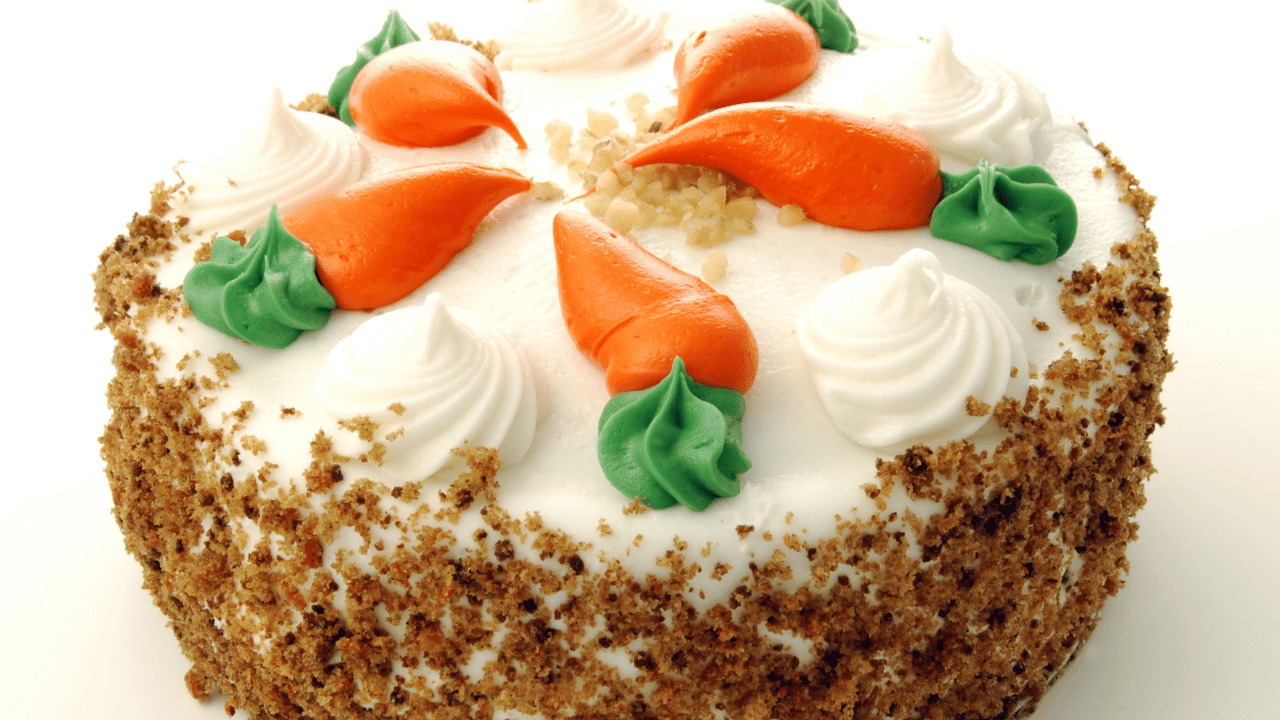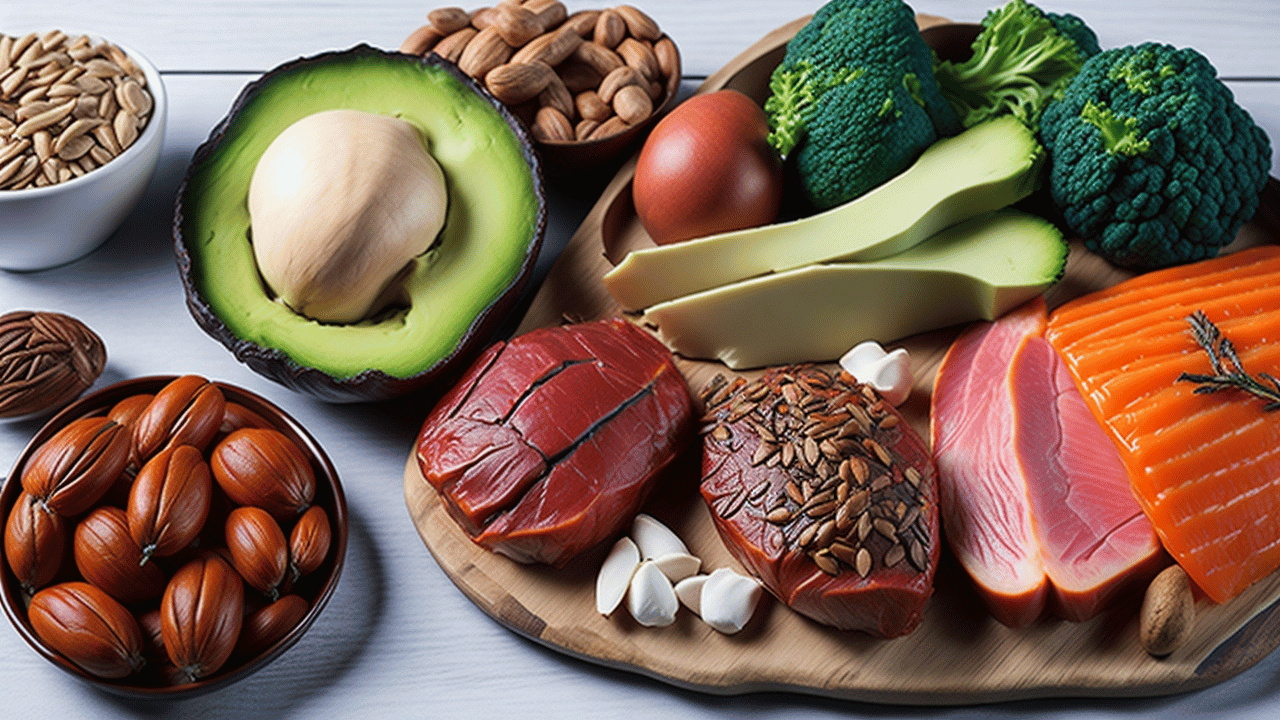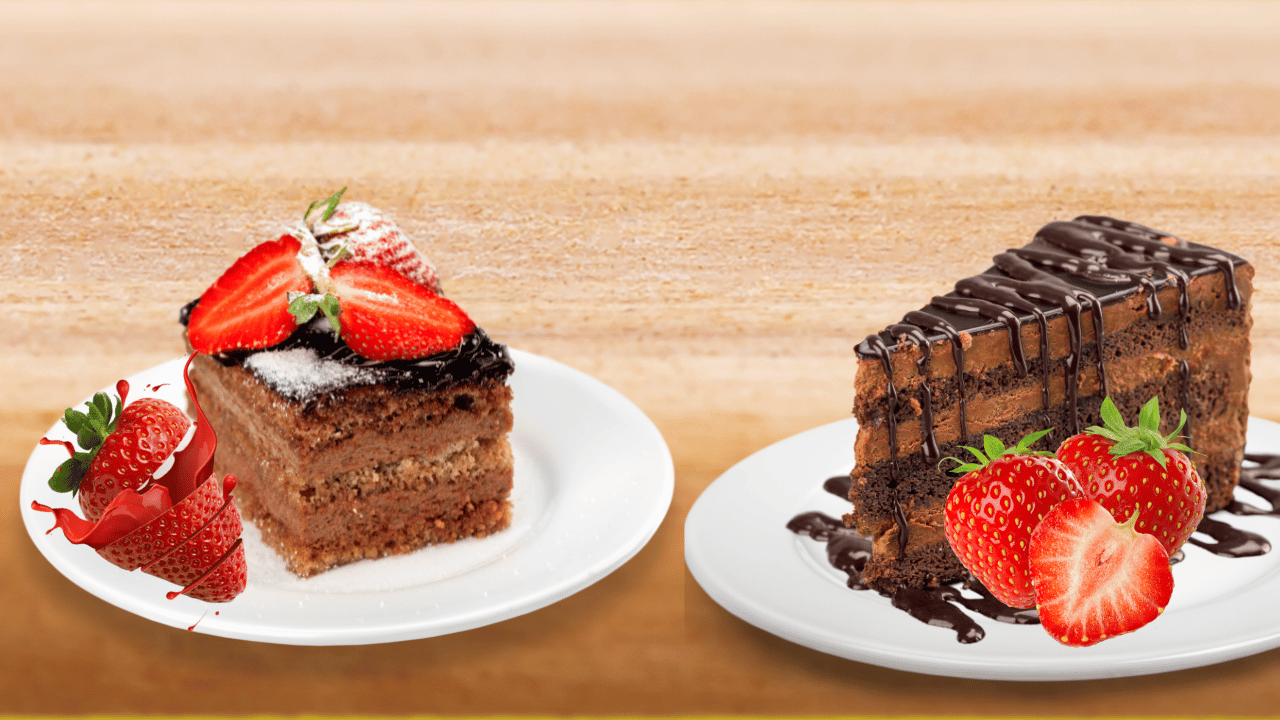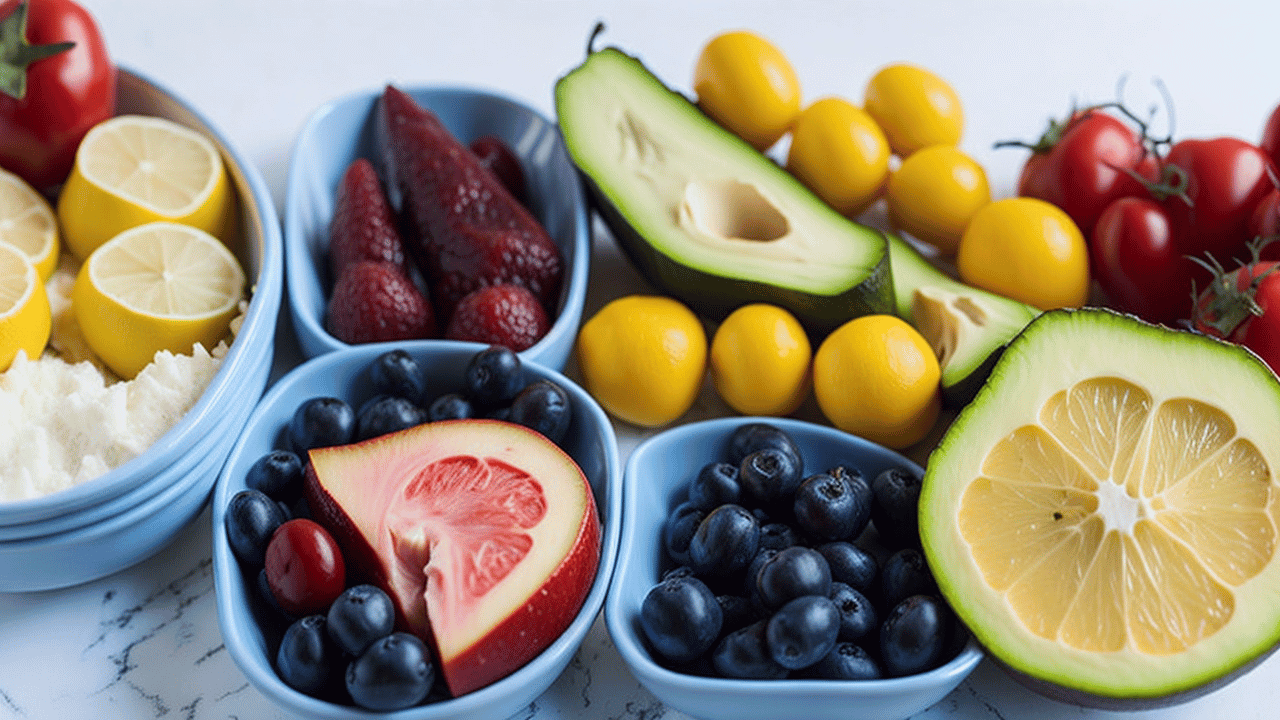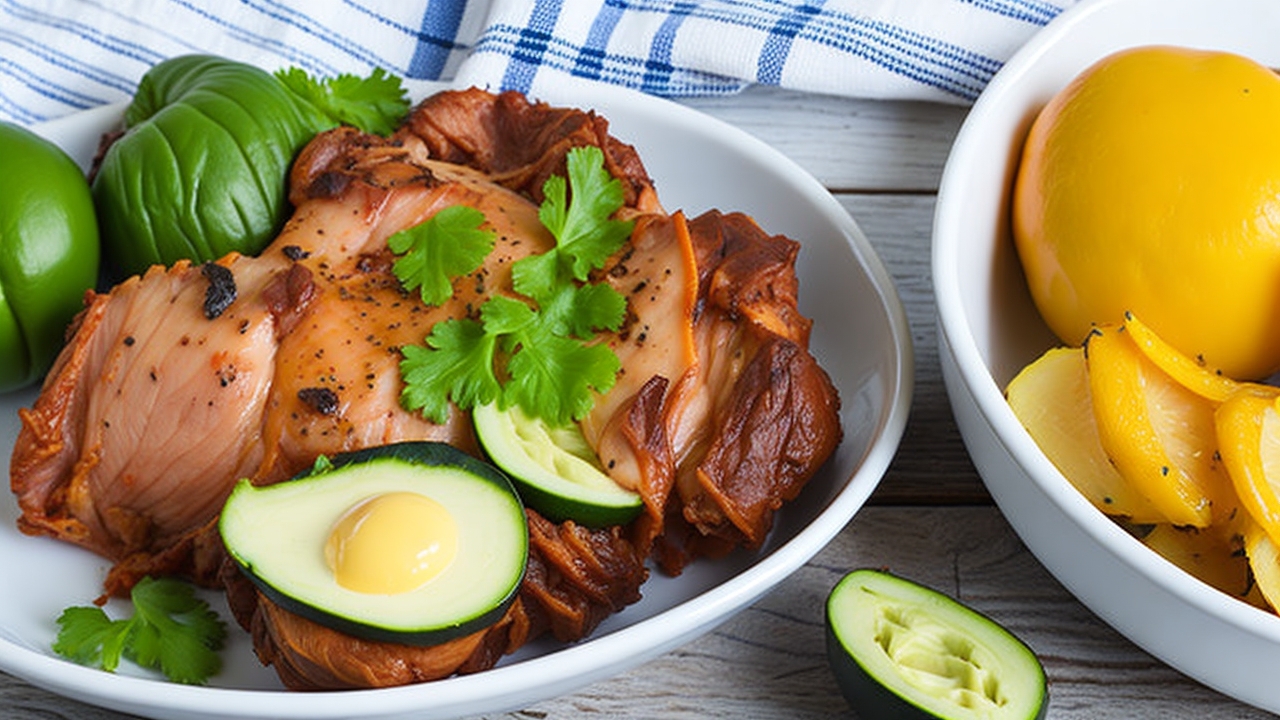The Ultimate Guide to Keto Carrot Cake: A Low-Carb Delight! Carrot cake is a classic dessert loved by many, but traditional recipes are typically loaded with sugars and carbohydrates, making them unsuitable for a ketogenic diet.
However, with a few modifications and creative ingredient substitutions, you can enjoy a keto-friendly version of carrot cake that’s just as delicious. In this comprehensive guide, we’ll delve into the world of keto carrot cake, covering everything from the ingredients to the baking process.
Section 1: Understanding the Keto Diet
1.1 What is the Ketogenic Diet?
The ketogenic diet, often referred to as keto, is a low-carb, high-fat diet that encourages the body to burn fats for energy instead of carbohydrates. This metabolic state is known as ketosis, where the liver produces ketones to fuel the body and brain.
1.2 Benefits of a Keto Diet
Weight Loss: Keto diets are known for their ability to promote weight loss by reducing carbohydrate intake and encouraging fat burning.
Improved Blood Sugar Levels: By minimizing carb consumption, the keto diet helps stabilize blood sugar levels, making it beneficial for individuals with diabetes or insulin resistance.
Enhanced Mental Clarity and Focus: Ketones are a preferred energy source for the brain, potentially leading to improved cognitive function and mental clarity.
Increased Energy Levels: Once the body adapts to burning fats for fuel, individuals often report increased energy levels and reduced energy crashes.
Section 2: Adapting Carrot Cake to a Keto Diet
2.1 Understanding Carbohydrates in Carrots
Carrots are a root vegetable, and like most vegetables, they do contain carbohydrates. However, they’re also a good source of dietary fiber, which can help mitigate the impact of the carbs.
2.2 Keto-Friendly Carrot Alternatives
To make a keto-friendly carrot cake, you’ll need to substitute high-carb carrots with a low-carb alternative. One popular option is using grated and cooked chayote squash, which has a similar texture and can mimic the appearance of grated carrots.
2.3 Low-Carb Flour Alternatives
Traditional wheat flour is high in carbs, so for a keto carrot cake, you’ll want to use low-carb flour alternatives like almond flour, coconut flour, or a blend of both. These options provide the necessary structure and texture without the excess carbs.
Section 3: Keto Carrot Cake Recipe
3.1 Ingredients
3.1.1 Dry Ingredients
2 cups almond flour
1/2 cup coconut flour
1/2 cup erythritol (or any keto-friendly sweetener)
2 tsp baking powder
1 tsp baking soda
1 tsp ground cinnamon
1/2 tsp ground nutmeg
1/4 tsp salt
3.1.2 Wet Ingredients
4 large eggs
1/2 cup unsalted butter, melted
1/4 cup unsweetened almond milk
1 tsp vanilla extract
1 1/2 cups grated and cooked chayote squash (or other keto-friendly carrot substitute)
3.1.3 Optional Add-ins
1/2 cup chopped walnuts or pecans
1/4 cup shredded unsweetened coconut
3.2 Instructions
Preheat the oven to 350°F (175°C) and grease a cake pan with butter or coconut oil.
In a medium-sized bowl, combine all the dry ingredients—almond flour, coconut flour, erythritol, baking powder, baking soda, cinnamon, nutmeg, and salt. Mix well and set aside.
In another bowl, whisk together the wet ingredients—eggs, melted butter, almond milk, and vanilla extract until smooth.
Gradually add the dry ingredient mixture to the wet ingredients, mixing until a uniform batter forms.
Fold in the grated and cooked chayote squash (or keto-friendly carrot substitute) and optional add-ins such as nuts and shredded coconut.
Pour the batter into the greased cake pan, spreading it evenly.
Bake in the preheated oven for 25-30 minutes, or until a toothpick inserted into the center comes out clean.
Allow the cake to cool completely before frosting.
3.3 Frosting
3.3.1 Cream Cheese Frosting
8 oz cream cheese, softened
1/2 cup powdered erythritol (or any keto-friendly powdered sweetener)
1/4 cup unsalted butter, softened
1 tsp vanilla extract
3.3.2 Instructions
In a mixing bowl, combine the softened cream cheese and butter.
Beat the mixture until smooth and creamy.
Add the powdered erythritol and vanilla extract, and continue to beat until well combined and fluffy.
Once the cake has cooled, spread the frosting evenly over the top.
Section 4: Tips for Baking and Enjoying Keto Carrot Cake
4.1 Baking Tips
Monitor Baking Time: Since keto-friendly flours can brown quickly, monitor the baking time closely to avoid over-browning or burning the cake.
Use Room Temperature Ingredients: Ensure that eggs, butter, and other dairy ingredients are at room temperature to ensure a smooth batter and even baking.
Proper Storage: Store leftover cake in an airtight container in the refrigerator for up to 3-4 days.
4.2 Enjoying Keto Carrot Cake
Portion Control: While this keto carrot cake is lower in carbs, portion control is key to staying within your daily carb limits.
Pair with Keto-Friendly Beverages: Enjoy a slice of keto carrot cake with a cup of unsweetened almond milk, black coffee, or herbal tea for a delightful keto-friendly dessert experience.
Experiment with Toppings: Get creative with toppings like a dollop of keto-friendly whipped cream, a sprinkle of cinnamon, or a few crushed nuts for added flavor and texture.
Conclusion
Enjoying a delicious slice of carrot cake while following a keto diet is absolutely possible with a few simple ingredient swaps and some creativity in the kitchen. By understanding the principles of the keto diet and adapting traditional recipes, you can savor the flavors of carrot cake without compromising your low-carb lifestyle. Happy baking and indulging in this keto carrot cake masterpiece!

